Bridging the Gap: Theory vs Practical Skills in Optometry
In optometry, the divide between classroom theory and real-world practice is a well-recognized challenge—particularly for new graduates navigating their first clinical encounters.

In optometry, the divide between classroom theory and real-world practice is a well recognised challenge—particularly for new graduates navigating their first clinical encounters. While theoretical knowledge lays a critical foundation, it is only through hands-on application that optometrists develop the confidence and competence required to deliver effective patient care.
This post explores the dynamic relationship between theory and practice in optometry, the common hurdles faced by emerging practitioners, and practical strategies to cultivate strong clinical skills from the start.
Theoretical Knowledge: A Vital Foundation
The academic curriculum in optometry is rigorous, with strong emphasis on subjects like optics, ocular anatomy and physiology, pharmacology, visual science, and pathology. This theoretical grounding helps students understand:
How light interacts with the eye
The structure and function of the visual system
The pathophysiology of ocular diseases
How various diagnostic instruments function
The pharmacodynamics of ocular medications
Such knowledge is non-negotiable—it forms the language, logic, and rationale behind every clinical decision. But, as many new optometrists discover, knowing what to do is not always the same as knowing how to do it in practice.
Practical Skills: Where Competence Meets Confidence
Clinical practice demands much more than theoretical recall. It involves nuanced skills such as:
Performing accurate refractions under real-world constraints
Managing uncooperative or anxious patients
Detecting subtle signs of pathology under time pressure
Communicating findings effectively to both patients and other health professionals
Using clinical judgement to decide when to refer, when to reassure, and when to act
Without regular and structured exposure to clinical environments during training, even the most knowledgeable graduates may struggle to apply their learning effectively.
The Theory-Practice Gap: Why It Exists
Several factors contribute to the disconnect between optometric theory and clinical application:
1. Over-Reliance on Didactic Learning
Many institutions still prioritize lectures and rote memorization over case-based and experiential learning. As a result, students may excel in exams but feel unprepared for clinical scenarios.
2. Limited Clinical Exposure
Not all students get equal access to diverse patient cases, especially in early years. Inadequate hands-on training can lead to underdeveloped skills in communication, decision-making, and diagnostic reasoning.
3. Fear of Making Mistakes
New practitioners often hesitate to apply their knowledge independently for fear of making errors. This anxiety can hinder learning, slow decision-making, and reduce confidence.
4. Mismatch Between Ideal Scenarios and Real Practice
Textbook cases are neat. Real patients are messy. Students are often taught clear-cut diagnostic criteria and ideal management plans, but real-life patients don’t always fit those boxes.
The Consequences of Poor Practical Preparation
If not addressed early, the lack of practical proficiency can lead to:
Clinical errors or missed diagnoses
Over-referrals due to uncertainty
Inefficient patient flow
Reduced patient trust and satisfaction
Burnout and imposter syndrome among young practitioners
Clearly, practical training isn't just an enhancement to theory—it is essential to delivering safe and effective care.
Gaining Strong Practical Skills From the Start
So how can optometry students and early-career professionals close the theory-practice gap? Here are some key strategies:
1. Start Clinical Exposure Early
Wherever possible, optometry programs should introduce students to the clinical setting from year one. Even simple observational experiences can demystify the clinical environment and spark curiosity.
Tip for students: Volunteer at eye camps, accompany senior clinicians during consultations, or request shadowing opportunities in diverse settings—hospitals, optical stores, and specialty clinics.
2. Practice, Practice, Practice
Repetition is key to building procedural memory and confidence. Regularly practice refractions, slit-lamp examinations, case history taking, and tonometry—even on peers if patients aren’t available.
Tip: Don’t shy away from repeating a skill until it feels second nature. Consistency trumps speed in the early days.
3. Learn Through Case-Based Discussions
Clinical reasoning is best developed through exposure to real or simulated cases. Engage in clinical case discussions, morbidity rounds, or virtual case presentations to sharpen diagnostic and management skills.
Tip: Join peer learning groups or online case forums. When you hear about a patient, ask yourself: What would I do in this situation?
4. Focus on Communication
A good clinician isn’t just someone who diagnoses correctly—it’s someone who communicates with clarity and empathy. Practice explaining findings and management plans in simple, patient-friendly language.
Tip: Record yourself explaining a condition and then listen critically. Would your explanation make sense to a layperson?
5. Use a Structured Clinical Approach
Follow systematic steps in each patient encounter—case history, observation, examination, provisional diagnosis, differential diagnosis, management plan, patient education. Over time, this structure becomes internalized.
Tip: Keep a checklist or mental map of examination flow until it becomes intuitive.
6. Seek Feedback and Supervision
Constructive feedback from mentors is crucial for growth. Actively seek it out after clinical postings or difficult cases. Accept corrections with an open mind.
Tip: Create a logbook of patient encounters and note down what went well, what didn’t, and what you’d do differently next time.
7. Simulate Complex Scenarios
Simulated patient encounters and clinical skills labs offer safe spaces to practice high-stakes scenarios—like breaking bad news or managing ocular emergencies—without real-world consequences.
Tip: Participate in OSCE (Objective Structured Clinical Examination) workshops whenever available.
Supporting New Practitioners: A Shared Responsibility
The responsibility for bridging the theory-practice gap doesn’t lie with students alone. Educators, institutions, and employers play critical roles in preparing optometrists for real-world demands.
Institutions should:
Integrate clinical exposure and hands-on skills early in the curriculum
Include competency-based assessments, not just theoretical exams
Collaborate with clinics and hospitals for externships
Educators should:
Teach clinical reasoning, not just facts
Discuss real-world patient scenarios in class
Encourage reflective learning and peer feedback
Clinics and employers should:
Provide mentorship and supervised practice during the initial months
Offer constructive feedback and allow safe space for learning
Acknowledge the steep learning curve new optometrists face
Final Thoughts: Theory and Practice Go Hand in Hand
Theory gives us knowledge. Practice gives us wisdom. One without the other leads to imbalance.
As optometrists, our goal is not only to be competent technicians but thoughtful clinicians who apply knowledge with confidence, care, and clarity. For new practitioners, this means seeking every opportunity to translate theory into action, embracing mistakes as learning opportunities, and never hesitating to ask questions.
For seasoned optometrists, it means mentoring generously, teaching patiently, and remembering that every expert was once a beginner.
By working together to bridge the theory-practice divide, we strengthen not just individual clinicians—but the entire profession.
ASIRA is a simple and secure, cloud-based software tool, that helps eye care professionals reduce the time and effort required to maintain clinical records, schedule appointments, generate bills, manage inventory and much more!
To find out more, visit www.asira.health and sign up for a 30-Day FREE TRIAL! If you're a new practice owner or a fresh graduate thinking of entrepreneurship, visit www.asira.health/optompreneur to learn how ASIRA can help reduce your costs and increase revenue.

